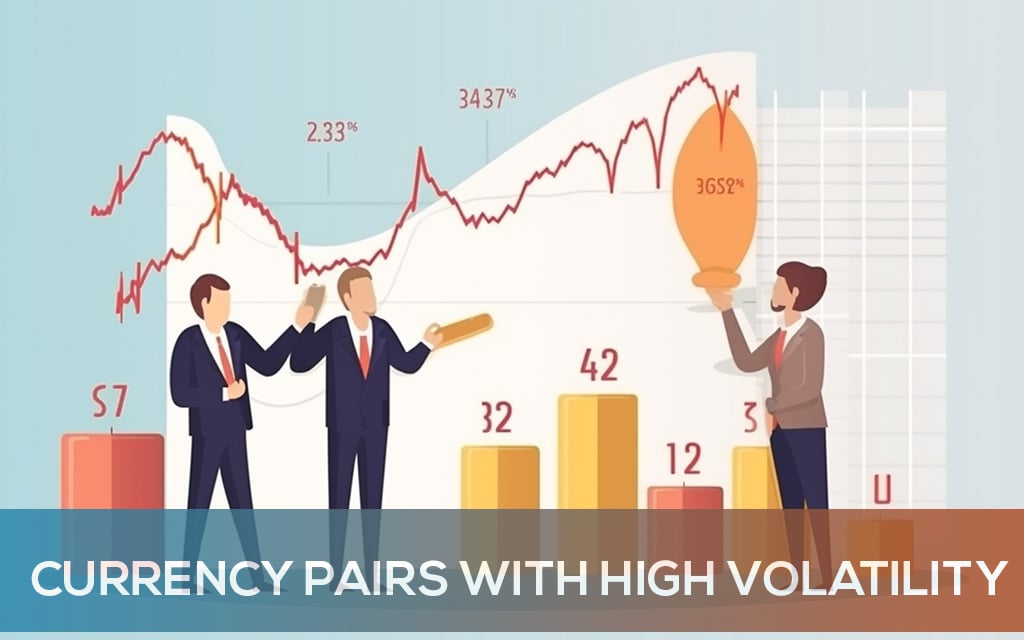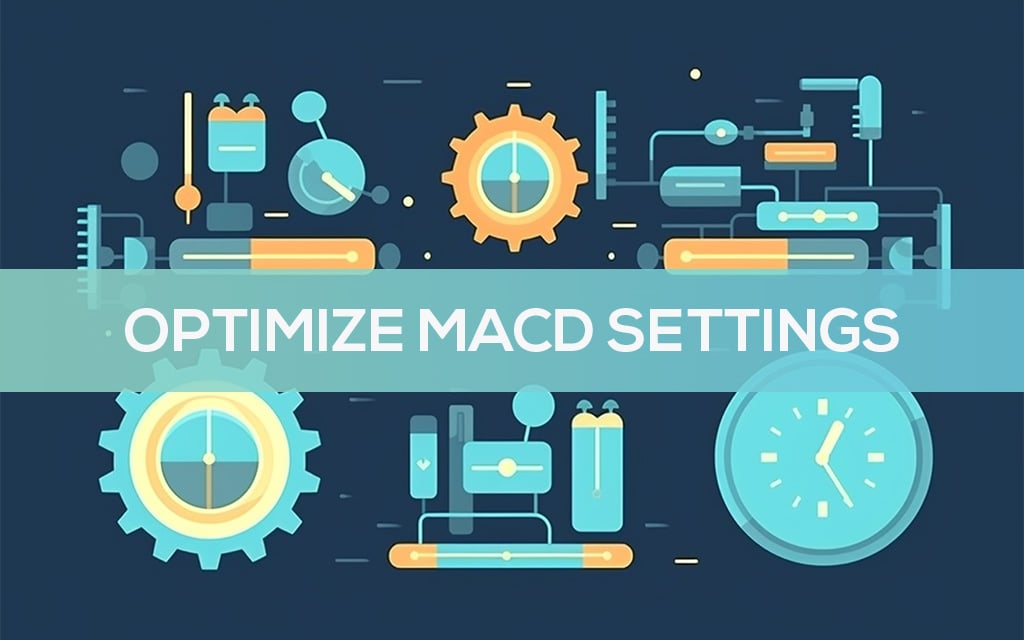Mastering Forex Trading with Moving Averages: A Comprehensive Guide
In the world of forex trading, which involves the global exchange of currencies, there are significant opportunities for traders to make profits by capitalizing on shifts in exchange rates. To navigate this ever-changing environment, traders utilize a variety of techniques and strategies, with Moving Averages being a fundamental tool in the toolkit of forex traders. These Moving Averages play a crucial role in the assessment of price trends.
What Are Moving Averages?
It is technical indicators that smooth out price data by creating a constantly updated average price. This helps traders identify trends and potential reversals in the forex market. The basic idea is to eliminate the noise and fluctuations in price data, providing a clearer view of the underlying trend.
Types of Moving Averages
There are several types, with the two most popular ones being the Simple (SMA) and the Exponential Moving Average (EMA). The main difference between the two lies in how they weigh the data points. The SMA treats each data point equally, while the EMA gives more weight to recent prices, making it more responsive to current market conditions:
- Simple Moving Average (SMA)L: It calculates the average price over a specific number of periods.
- Exponential Moving Average (EMA): The responsiveness to current market conditions is achieved by applying a weighting multiplier to each price data point, giving greater importance to recent prices.
The most popular indicators for MT4 that can be downloaded free are the Best Moving Average Indicator, Hull Moving Average Indicator, and 3 MA Cross with Alert MTF Indicator.
How Moving Averages Are Calculated
Let’s take a closer look at how a 5-day simple is calculated for a currency pair:
- day 1: closing price = 1.1000;
- day 2: closing price = 1.1020;
- day 3: closing price = 1.1050;
- day 4: closing price = 1.1035;
- day 5: closing price = 1.1080.
SMA = (1.1000 + 1.1020 + 1.1050 + 1.1035 + 1.1080) / 5 = 1.1037
Using Moving Averages to Identify Trends
One of the primary applications is to identify trends and determine. When the price is above, it indicates an uptrend, and when the price is below, it indicates a downtrend.
- Crossovers and Trading Signals: One of the most common strategies involving moving averages is the crossover strategy. This involves using two indicators of different periods. When the shorter-period crosses above the longer-period, it generates a buy signal.
- Golden and Death Cross: The most widely known crossover patterns are the Golden Cross and the Death Cross. The Golden Cross occurs when the short-term crosses above the long-term, indicating a potential bullish trend.
Choosing the Right Moving Averages
The choice depends on the trading strategy and time frame. Shorter-term react quickly to price changes, making them suitable for shorter time frames. Longer-term provide a broader view of the trend and are better suited for longer time frames.
- Using Moving Averages for Entry and Exit Points: Traders might enter a long position when the price crosses above and exit when it crosses below.
- Considerations and Limitations: Although moving averages can be effective instruments, they are not infallible and should be employed alongside other technical and fundamental analysis tools. It’s important to remember that it might generate false signals during periods of consolidation or erratic price movement.
- Creating Trading Strategies: Traders often combine moving averages with other technical indicators, like Relative Strength Index (RSI) or MACD (Convergence Divergence), to create comprehensive trading strategies. These combinations help validate signals and provide a more complete picture of market conditions.
- Risk Management: As with any trading strategy, risk management is paramount when using moving averages. Traders should use appropriate position sizes and set stop-loss orders to limit potential losses.
 Trading using moving averages can provide traders with valuable insights into market trends and potential trading opportunities. By understanding the different types, employing crossover strategies, and using them for entry and exit points, traders can enhance their decision-making process.
Trading using moving averages can provide traders with valuable insights into market trends and potential trading opportunities. By understanding the different types, employing crossover strategies, and using them for entry and exit points, traders can enhance their decision-making process.
























Leave a Reply